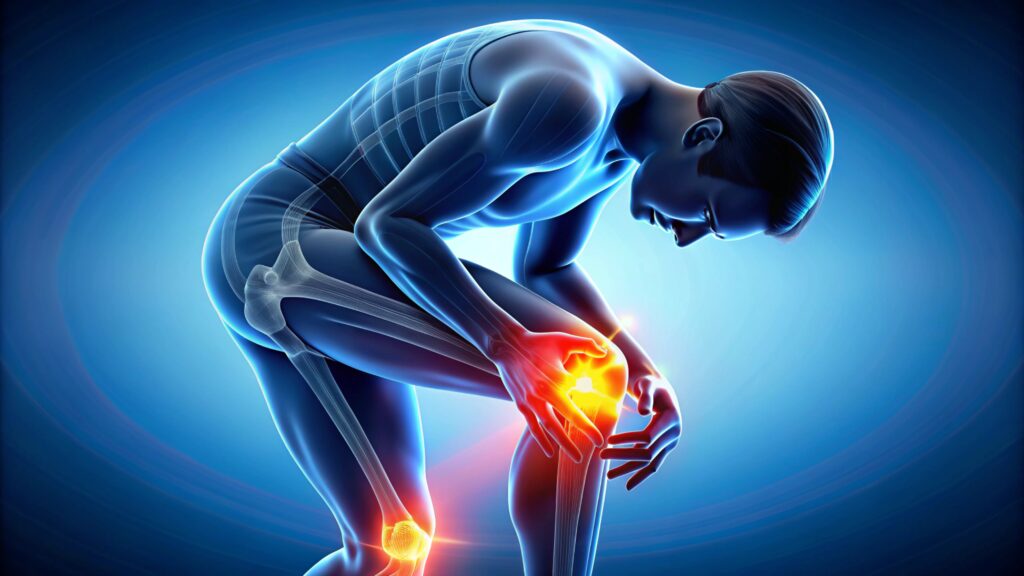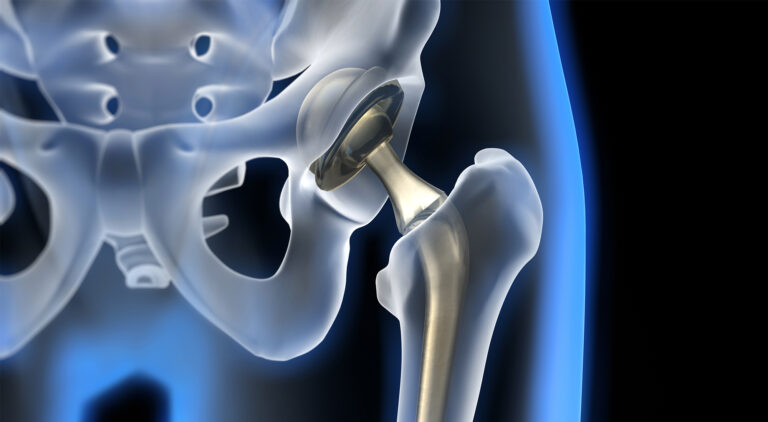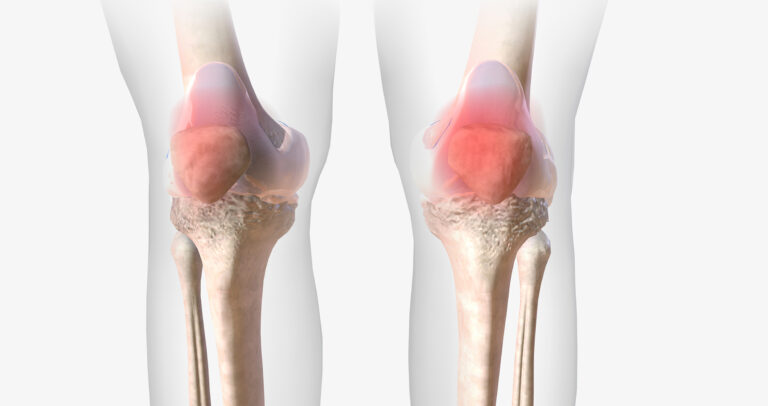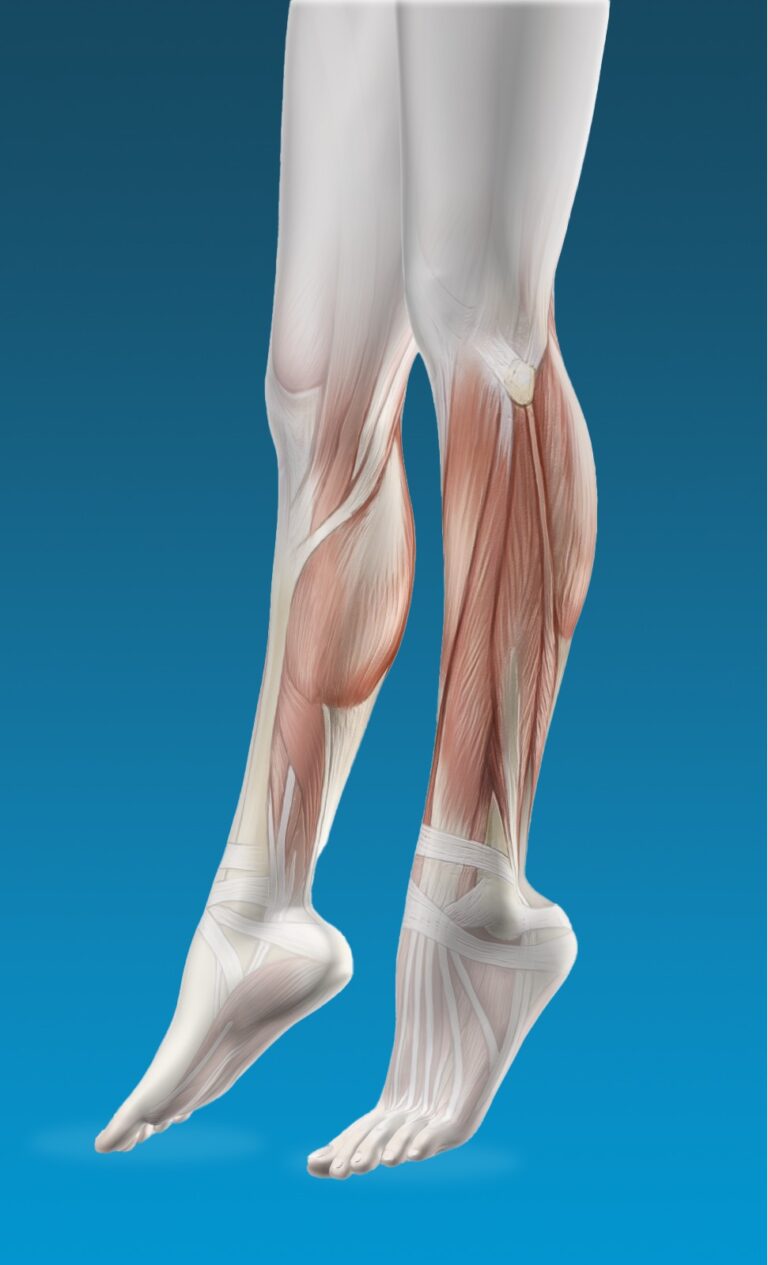
Rehabilitation After Orthopedic Surgery: A Woman’s Guide to Faster Recovery and Stronger Joints
Rehabilitation is a crucial part of the recovery process after orthopedic surgery. For women, factors like age, bone density, and hormonal changes can affect recovery time. Here’s how to speed up recovery and strengthen your joints after surgery.
1. Start Physical Therapy Early
- Why It’s Important:
- Starting physical therapy as soon as possible after surgery helps reduce stiffness, improves circulation, and accelerates healing.
- Women, particularly those with osteoporosis, may need tailored exercises to avoid putting too much strain on fragile joints.
- Recommended Therapy:
- Low-impact exercises like walking, cycling, and water therapy are excellent for improving mobility without causing further damage to the joints.
2. Focus on Strengthening Muscles Around the Joint
- Why It’s Important:
- Strengthening the muscles around the joint supports recovery and prevents future injuries.
- Women with weaker muscles due to bone density loss or lack of exercise may take longer to regain full strength.
- Exercises:
- Resistance training, using light weights or resistance bands, helps rebuild muscle strength without overloading the joint.
3. Maintain a Balanced Diet for Bone Health
- Why It’s Important:
- A balanced diet rich in calcium, vitamin D, and protein is essential for healing after orthopedic surgery.
- Women are at a higher risk of post-operative bone loss, making it vital to focus on bone-strengthening foods.
- Diet Recommendations:
- Include dairy, leafy greens, and lean proteins like chicken and fish to support muscle and bone repair during recovery.
4. Follow Your Surgeon’s Post-Operative Plan
- Why It’s Important:
- Strictly following your surgeon’s instructions, including wearing braces or avoiding certain movements, helps prevent complications.
- Women with osteoporosis may need additional precautions to avoid stress fractures or joint dislocation.
Differences in Rehabilitation for Women
- Bone Density:
- Women with osteoporosis may require longer rehabilitation periods and tailored exercises to avoid injury during recovery.
- Bone-strengthening supplements may be recommended to speed up healing.
- Hormonal Changes:
- Post-menopausal women may experience slower healing times due to reduced estrogen levels, which affect bone repair.
Key Takeaway:
Successful rehabilitation after orthopaedic surgery requires a combination of early physical therapy, strength training, and a bone-healthy diet. Women should pay special attention to their bone density and follow tailored rehab programs to ensure a speedy recovery.
Disclaimer:
The information provided is for educational purposes only and should not replace professional medical advice. Always consult with a healthcare provider for a personalized rehabilitation plan after orthopaedic surgery. Recovery and rehabilitation strategies may vary depending on individual health conditions and the type of surgery performed. This content aims to offer general guidance for women to support recovery and strengthen joints after surgery. Results from rehabilitation can differ, and professional supervision is crucial for ensuring a safe and effective recovery process.
Allergic Disclaimer:
The information provided in this guide is for general educational purposes only and should not be considered medical advice. Always consult with a healthcare professional before starting any rehabilitation program or treatment plan, especially if you have allergies to medications, supplements, or any materials used during recovery. Ensure that all treatments, exercises, and products used in your rehabilitation process are safe and suitable for your specific condition and allergies.



